There can be your advertisement
300x150
How to Choose Paint for Walls: 7 Correct Steps
What does renovation start with? With a white sheet. And it's not always clear what colors to paint it in. Interior Designer Dasha Ukhlinova shares secrets of proper wall paint selection.
Start thinking about which colors you like and which irritate you well in advance, don't hesitate to spend money on paint samples and base your apartment's color palette on neutral tones – suggests Dasha Ukhlinova.
Dasha Ukhlinova INTERIOR DESIGNER
Graduated from the Modern Design School, trained at Teplitskaya school. A few years ago she opened Dasha Ukhlinova Studio1. Choose wall color after selecting furniture and decor.
I know it might seem more correct to choose paint first, but actually, it's much easier to pick a wall color that suits your furniture and decor than the other way around.
 2. Begin with Inspiration
2. Begin with InspirationClip pictures from magazines you like, print out images that caught your attention from the internet. Make a separate "board" for each room and start "attaching" pictures. Once you have a decent amount, at least 5–6, you can already feel the overall style and color that suits you.
 3. Base on Neutral Colors
3. Base on Neutral ColorsI'm not saying you should avoid bright and saturated colors, but for a start just decide where and on what you want to make an accent in your room. If your answer is walls, everything else in the room should be neutral. That's why, for example, bold colors in a bathroom can work so well, because everything else in the bathroom is already neutral (white).
If it's hard for you to understand which colors you like and in which you will be comfortable, go backwards – define which colors you definitely don't like, then which possibly don't like and so on.
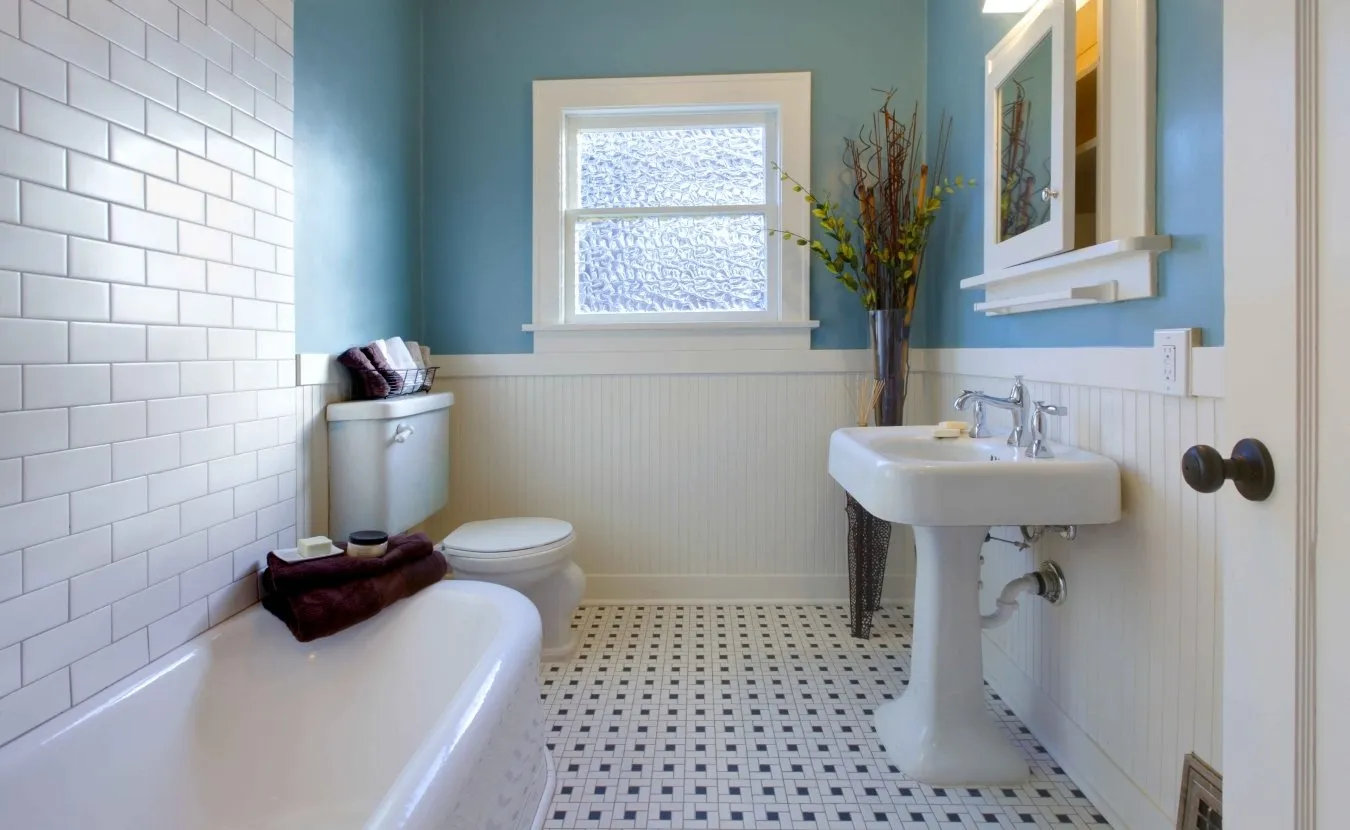 4. Use Samples
4. Use SamplesBuy samples of several colors / shades and paint a fairly large area on different walls. This way you can see how this color behaves depending on how light falls on it. If you're afraid to paint directly on walls – cut out small pieces (at least A3 size), for example, from gypsum board and paint them.
Try using different shades of the same color in one room. Paint accents on one or several tones lighter or darker than the base color. This adds depth to space.
 5. Relate Colors to Textiles and Furniture Color
5. Relate Colors to Textiles and Furniture ColorColors should be checked not only on the wall but also imagined as how they will behave in combination with furniture that will be in the room and with textiles – for example, curtains.
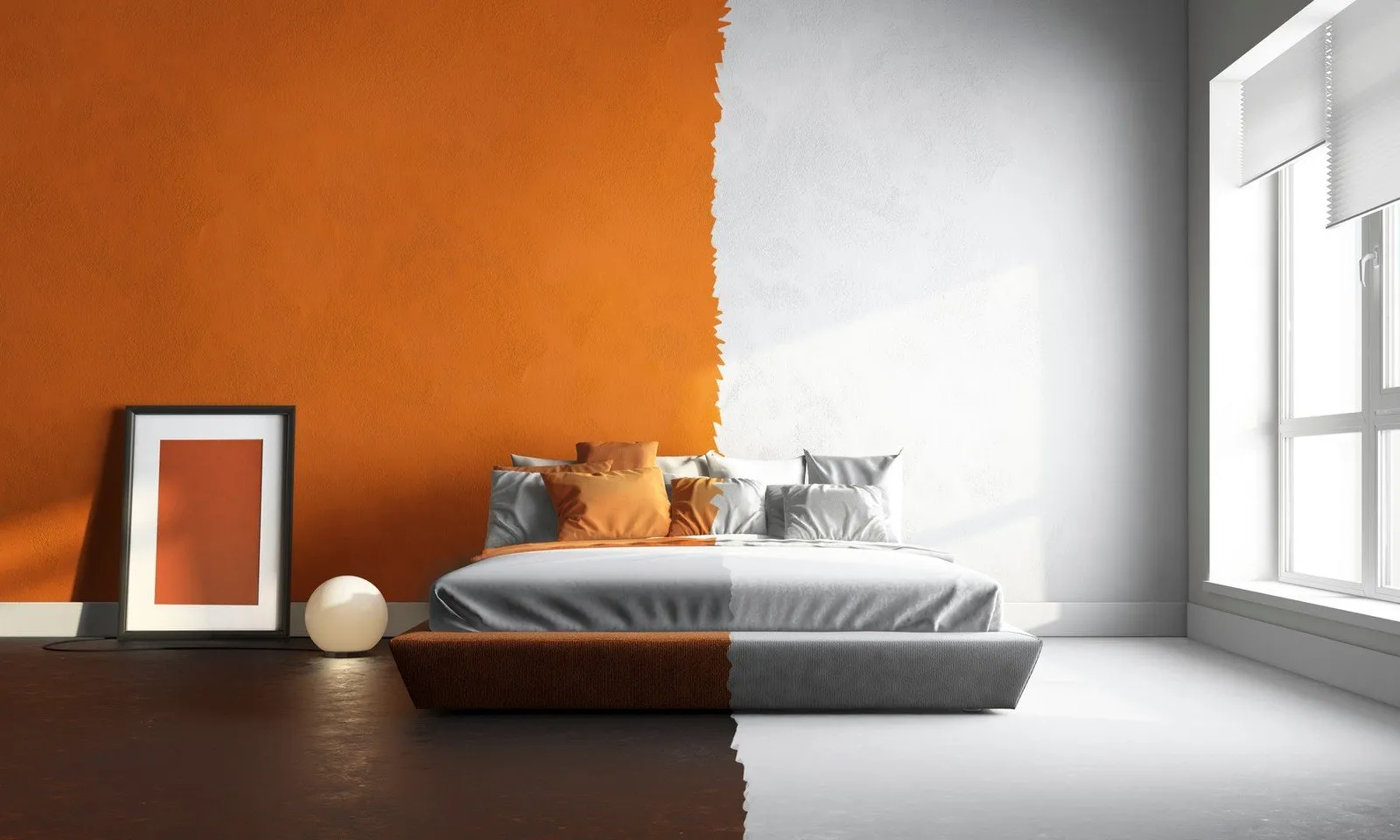 6. Choose the Right Base – Glossy or Matte
6. Choose the Right Base – Glossy or MatteAny gloss in paint will accentuate flaws, so if you're trying to mask something, use the most matte base paint. Here are some general recommendations for various types of finishes:
Fully Matte: no gloss at all. Perfectly suitable for rooms with low traffic – for example, bedrooms. Also ideal for ceilings.Semi-Matte (20–25%): has a little gloss. Excellent choice for moderately busy areas – such as living rooms. Can be wiped with a damp cloth and mild cleaning agent.
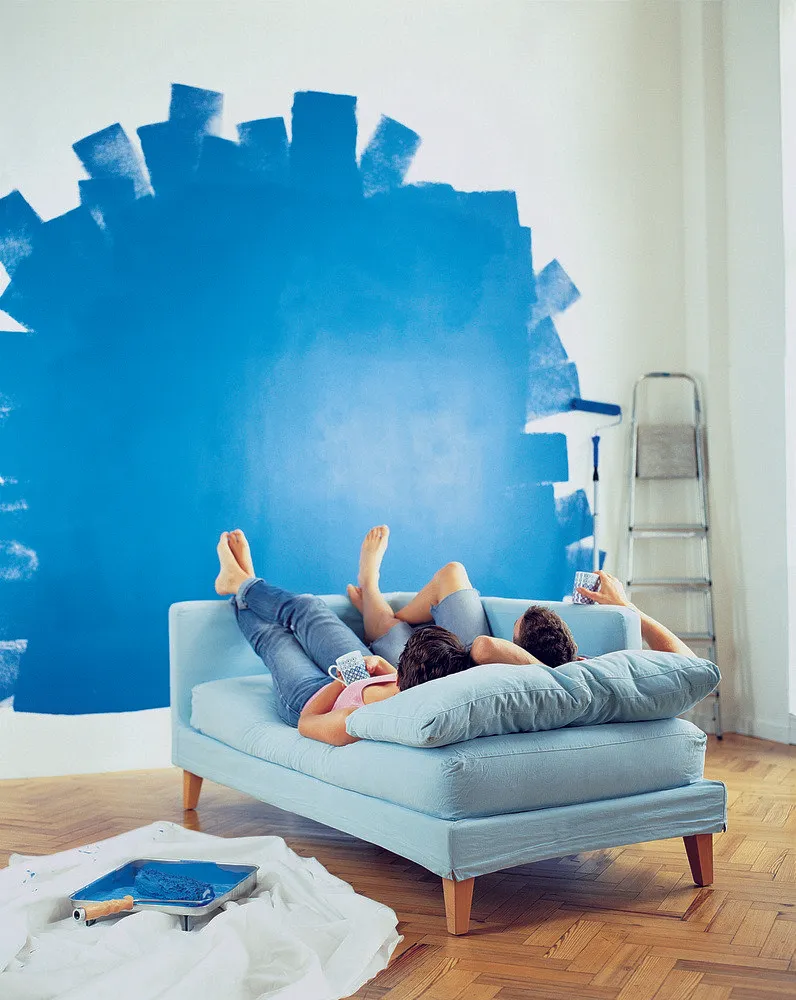 Semi-Gloss (40%): has more gloss and works well in high-traffic areas and humid rooms. Paint is easy to clean, so it's perfect for kitchens and bathrooms.Glossy (more than 70%): shiny! Gives a shine almost like glass and is ideal for surfaces with high traffic (e.g., railings) or furniture.
Semi-Gloss (40%): has more gloss and works well in high-traffic areas and humid rooms. Paint is easy to clean, so it's perfect for kitchens and bathrooms.Glossy (more than 70%): shiny! Gives a shine almost like glass and is ideal for surfaces with high traffic (e.g., railings) or furniture. 7. Create One Color Palette Throughout the House
7. Create One Color Palette Throughout the HouseThis doesn't mean you have to paint the whole house in one color, but rooms that are visible from each other should harmonize in color. If you don't know how to combine colors, use the simplest combination – pairing the same color in different shades. For example, if you make the hallway a little darker and the living room, through which you walk, a bit lighter, the living room will automatically appear visually larger and more spacious.

More articles:
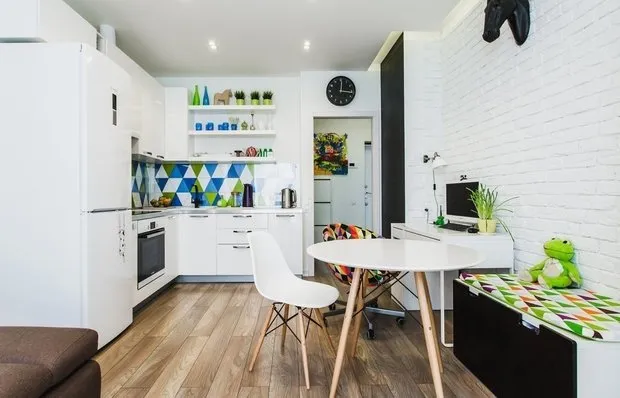 5 Things That Make It Easier to Maintain Order on the Kitchen
5 Things That Make It Easier to Maintain Order on the Kitchen How to Properly Lay Tile for a Kitchen Backsplash
How to Properly Lay Tile for a Kitchen Backsplash After Holidays: 10 Ideas for Quick Cleaning
After Holidays: 10 Ideas for Quick Cleaning 8 Mistakes in House Cleaning You Keep Making
8 Mistakes in House Cleaning You Keep Making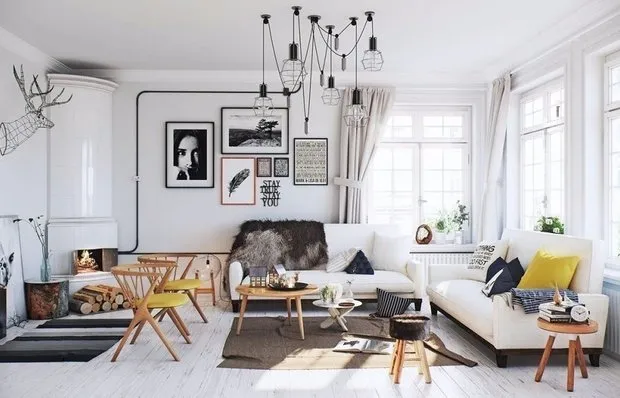 6 Things That Will Definitely Improve the Quality of Your Life
6 Things That Will Definitely Improve the Quality of Your Life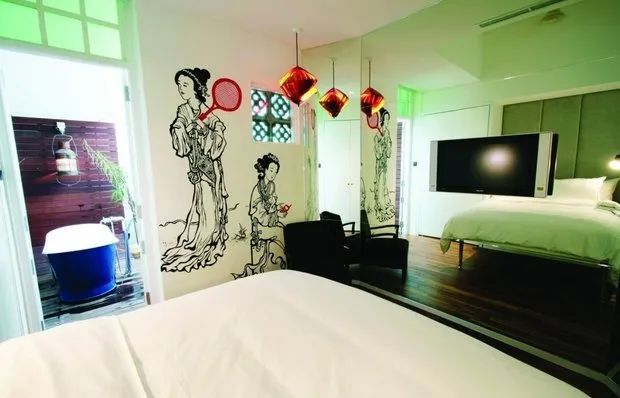 Mine, Factory, Prison: 5 Design Hotels You'll Love
Mine, Factory, Prison: 5 Design Hotels You'll Love Pros and Cons: Cordless Vacuum Cleaner
Pros and Cons: Cordless Vacuum Cleaner At the Highest Level: 10 Spectacular Viewing Platforms with Wow-Effect
At the Highest Level: 10 Spectacular Viewing Platforms with Wow-Effect